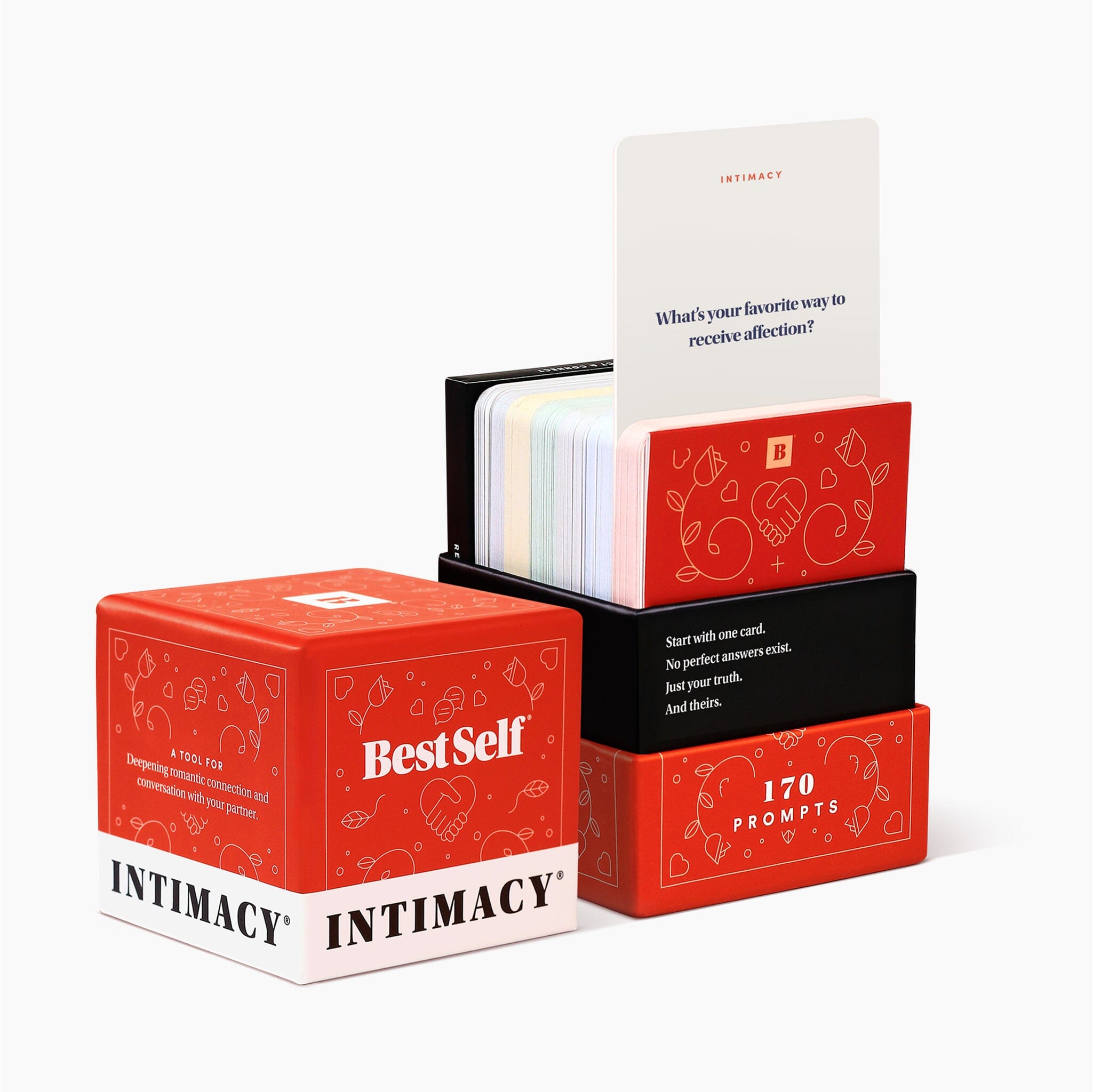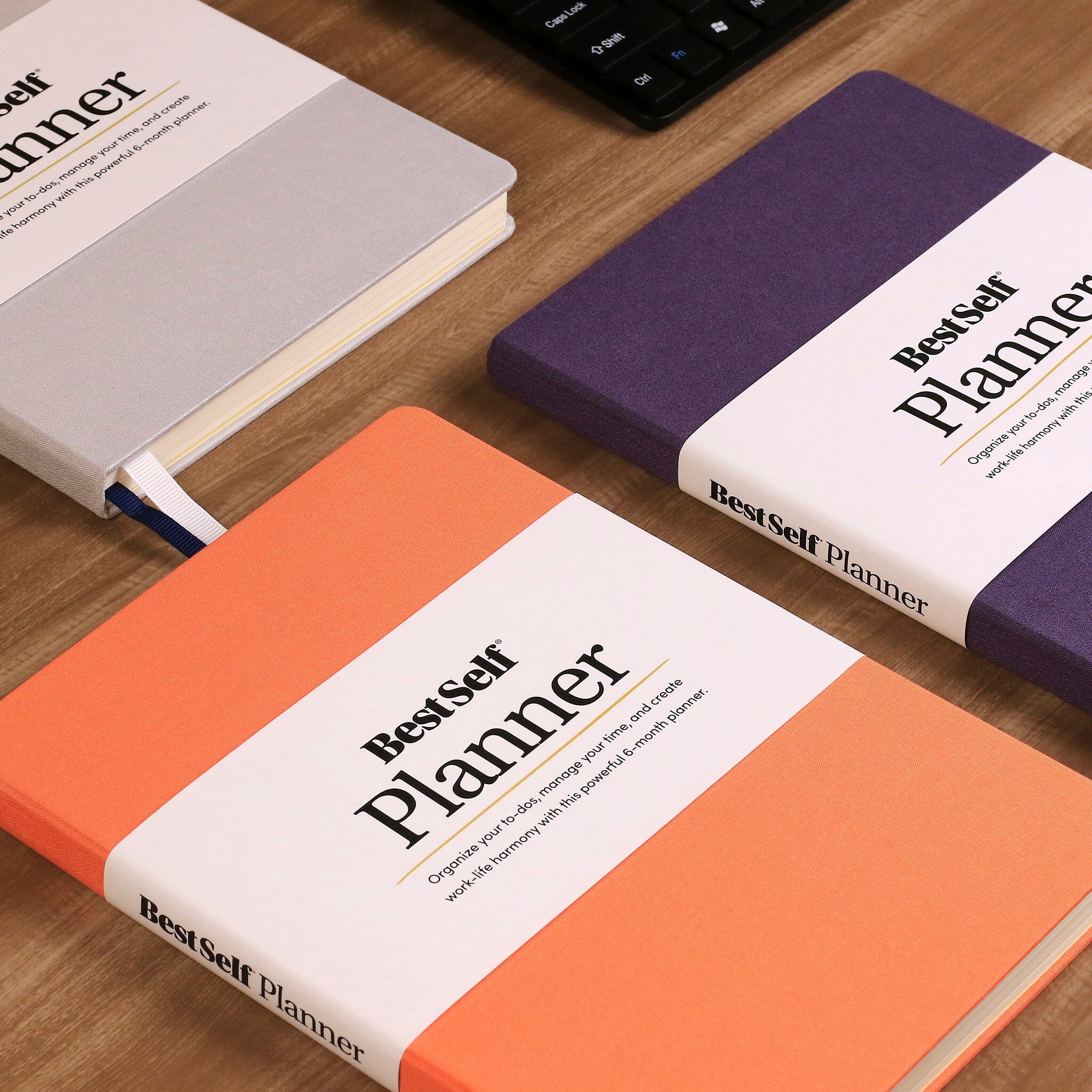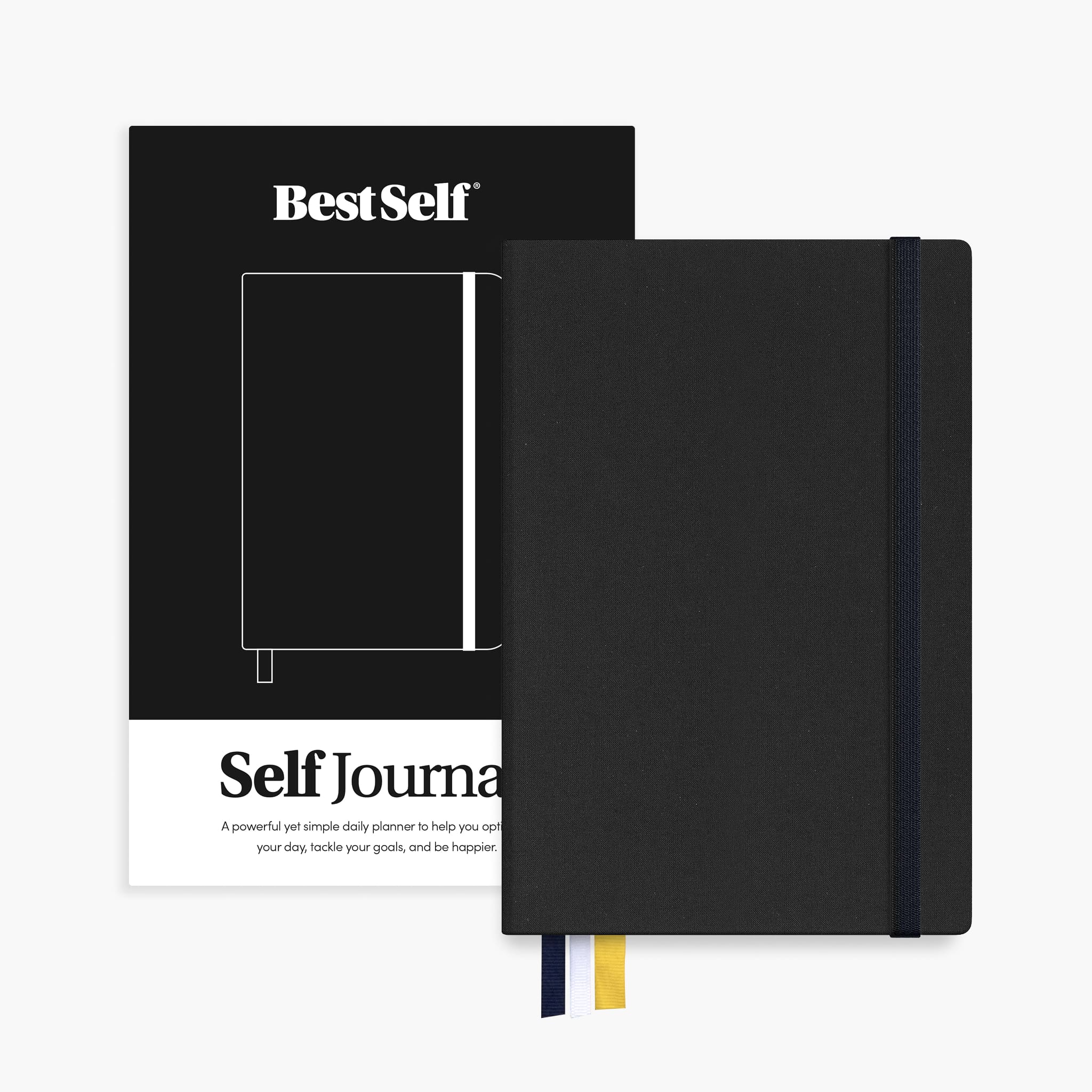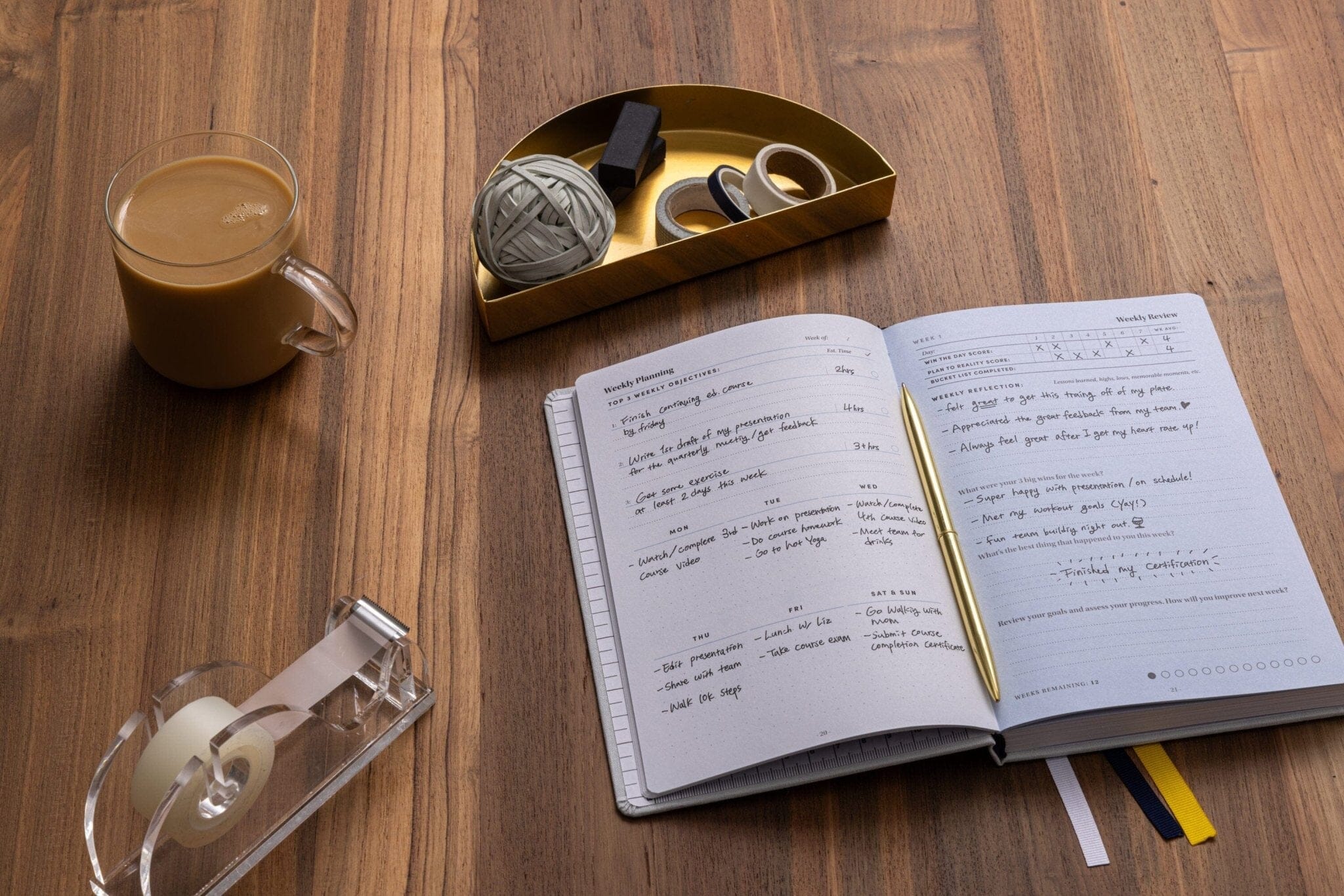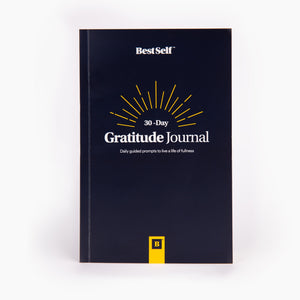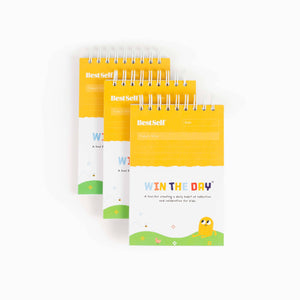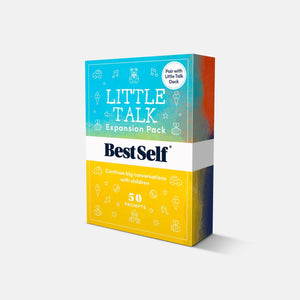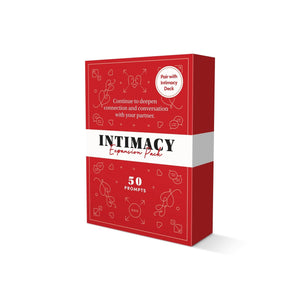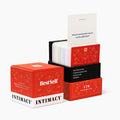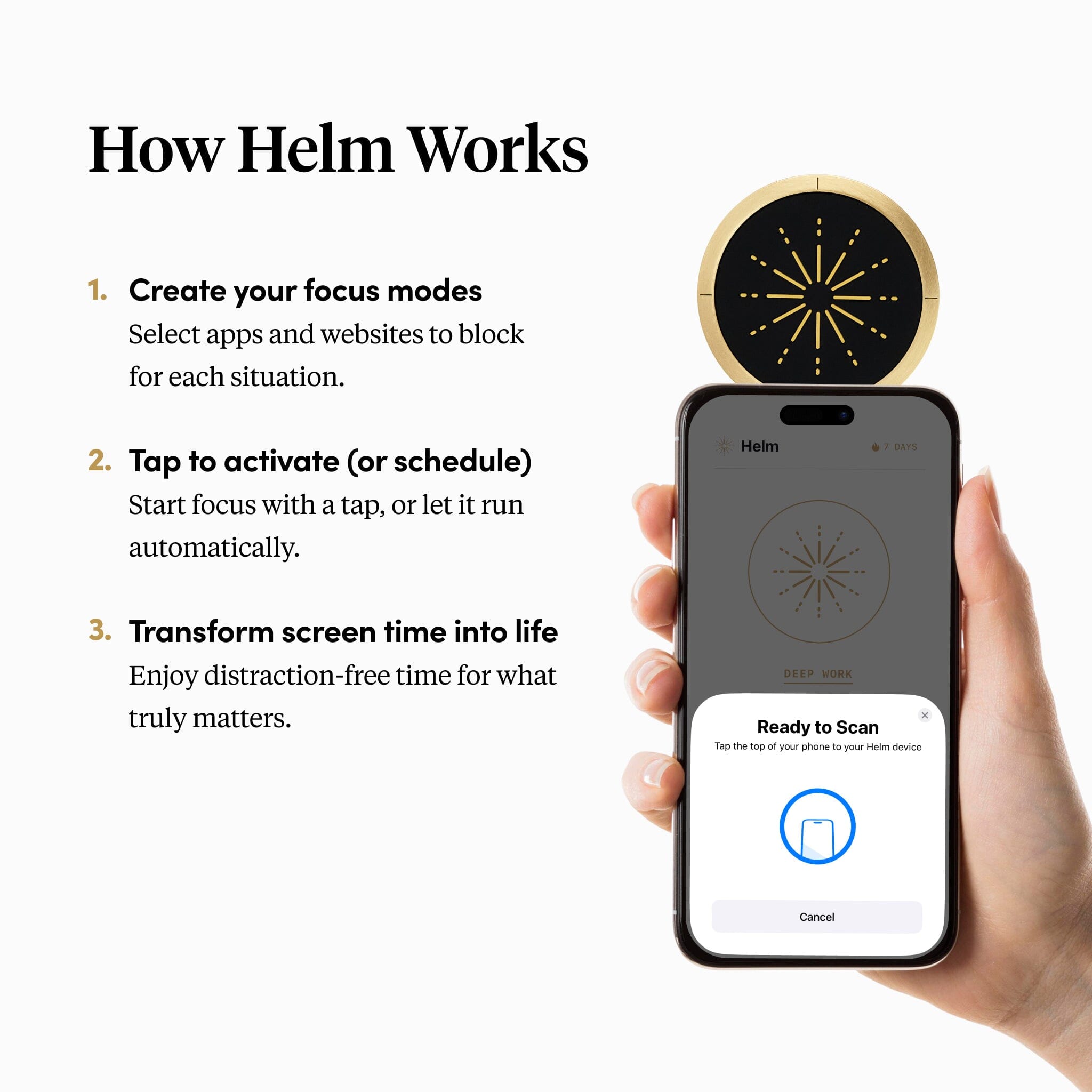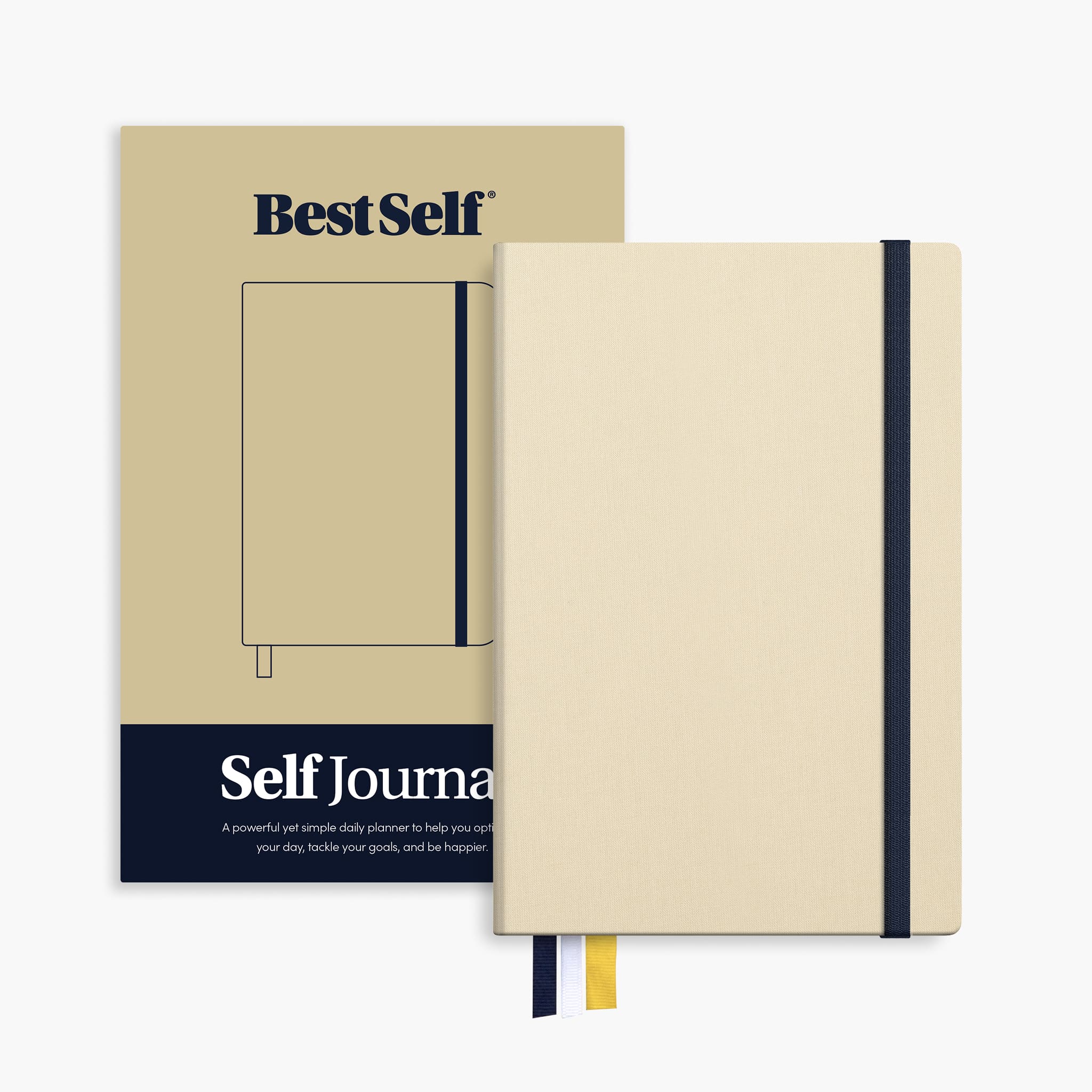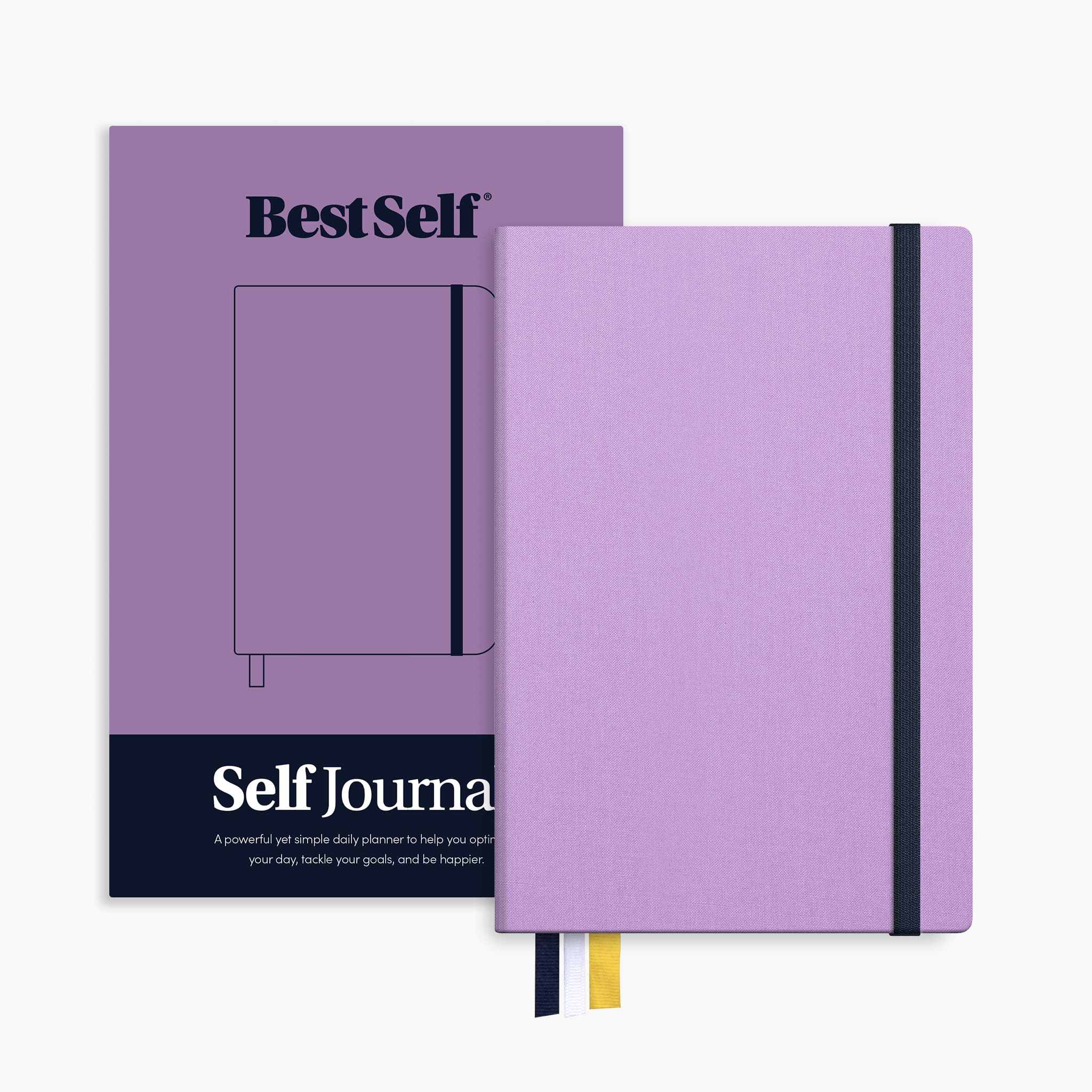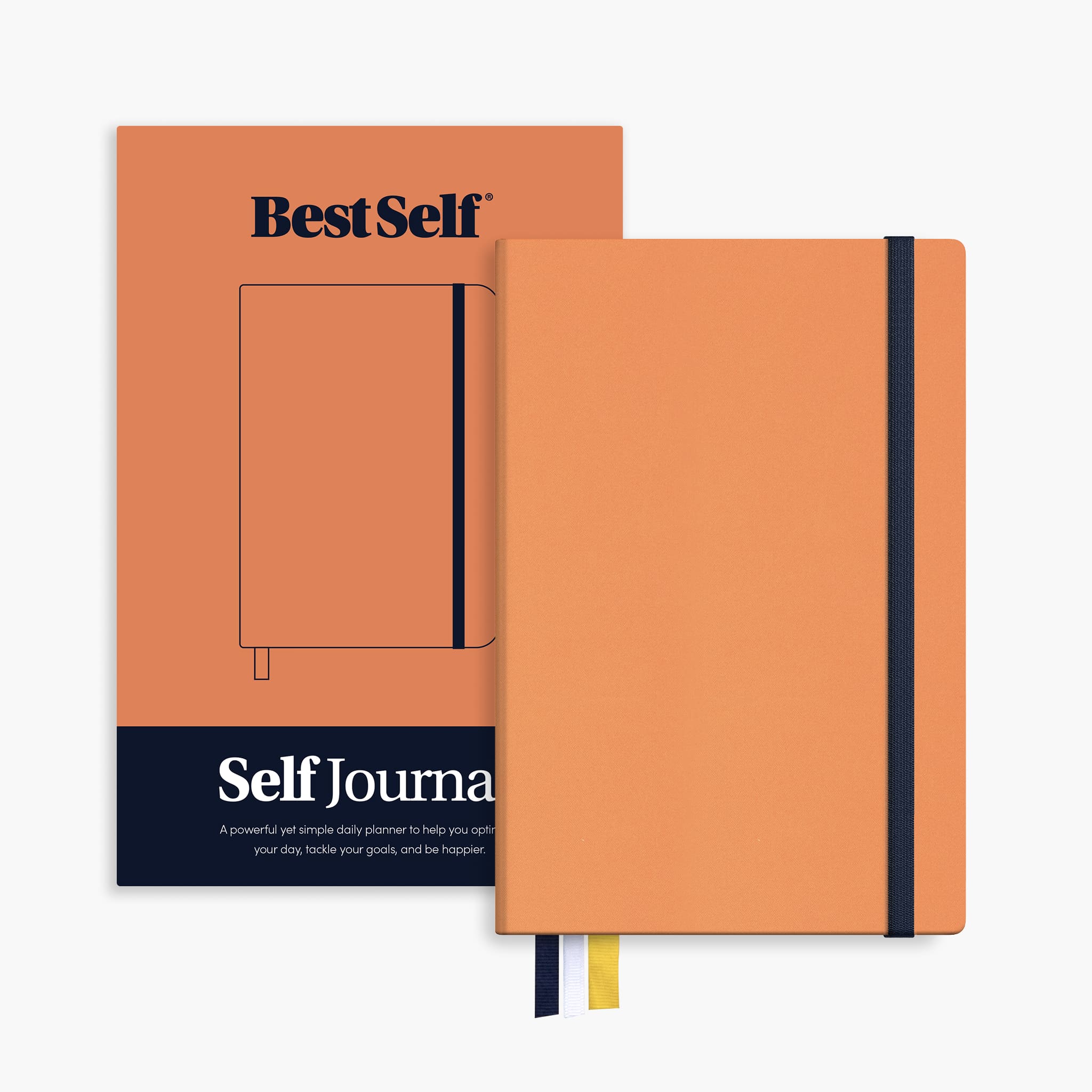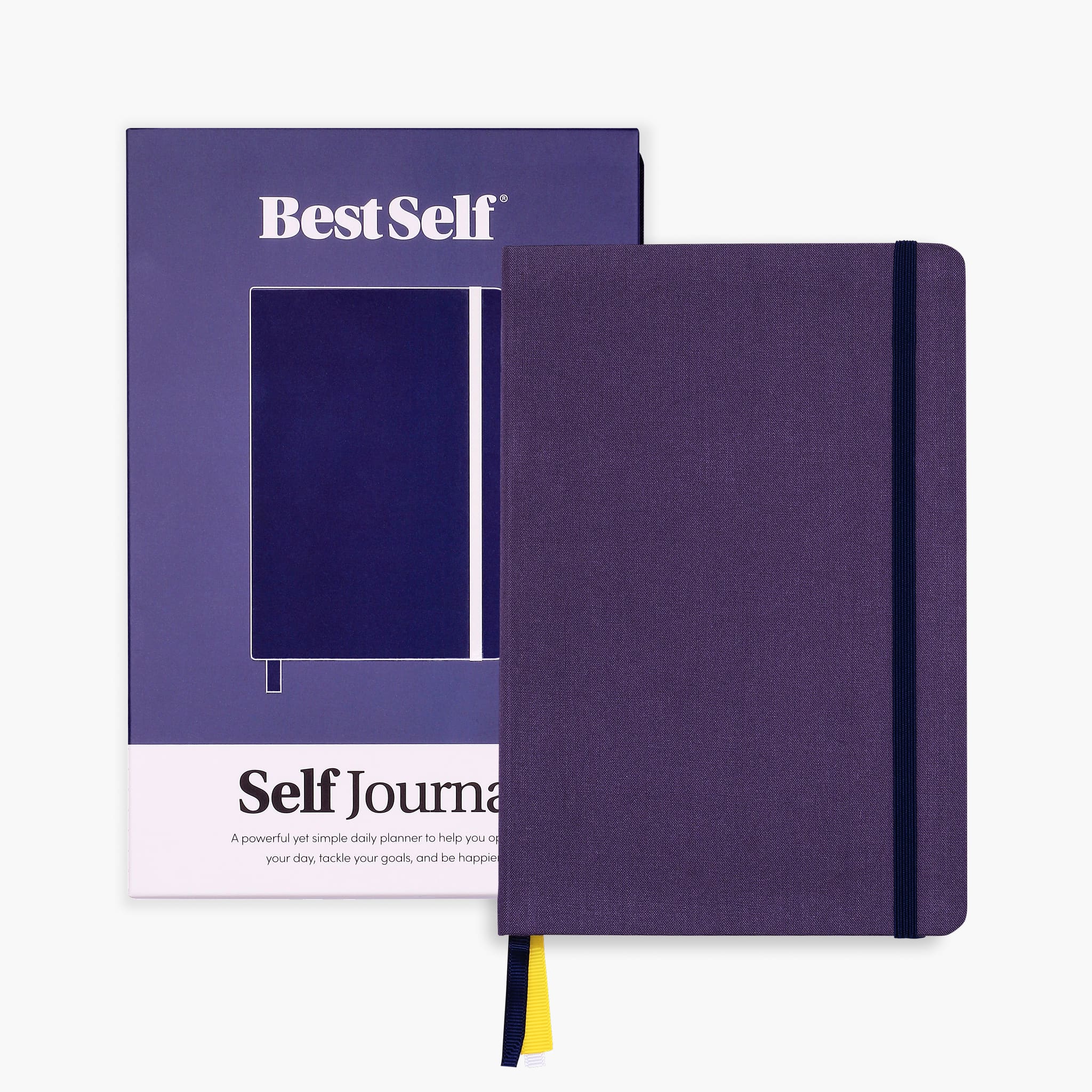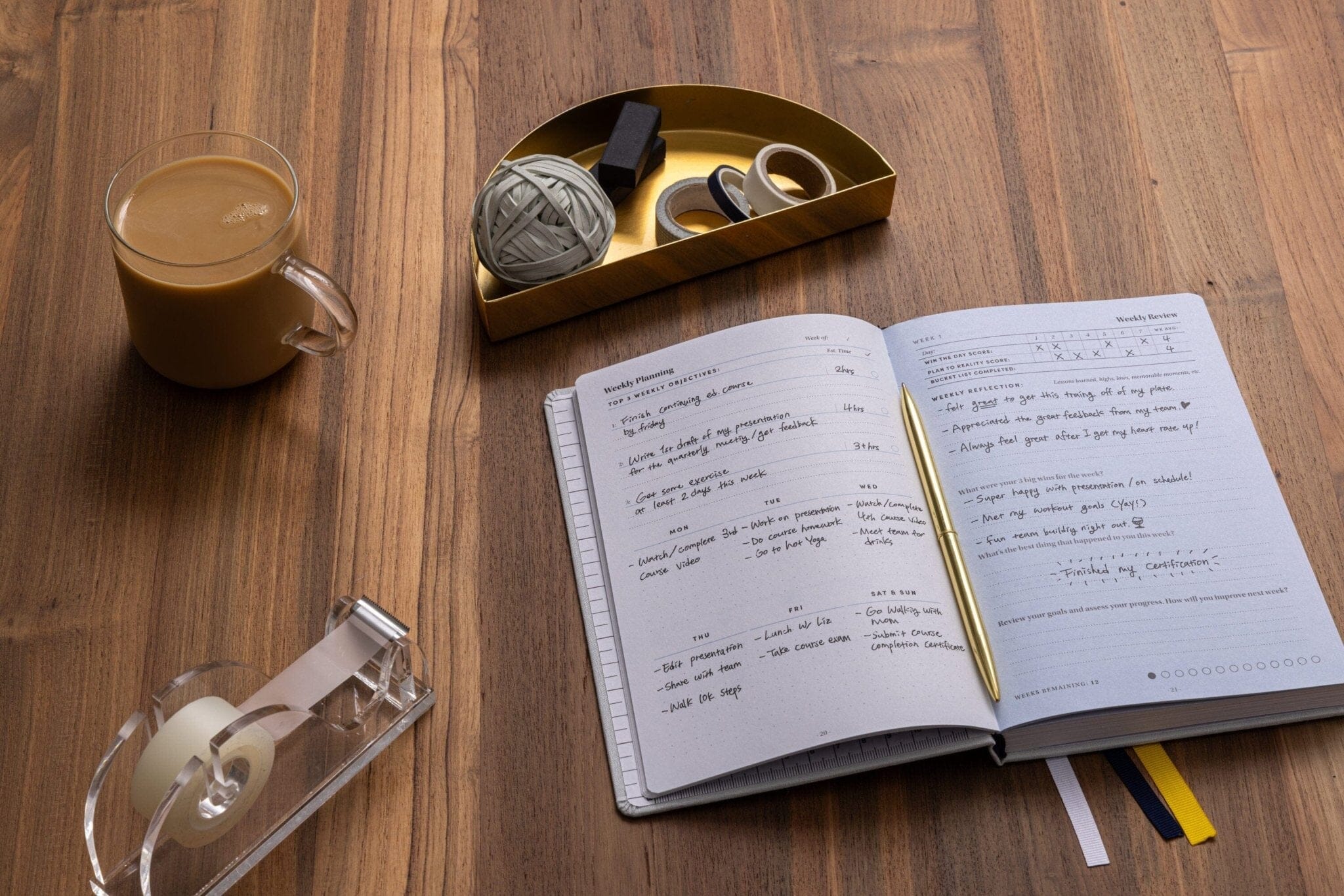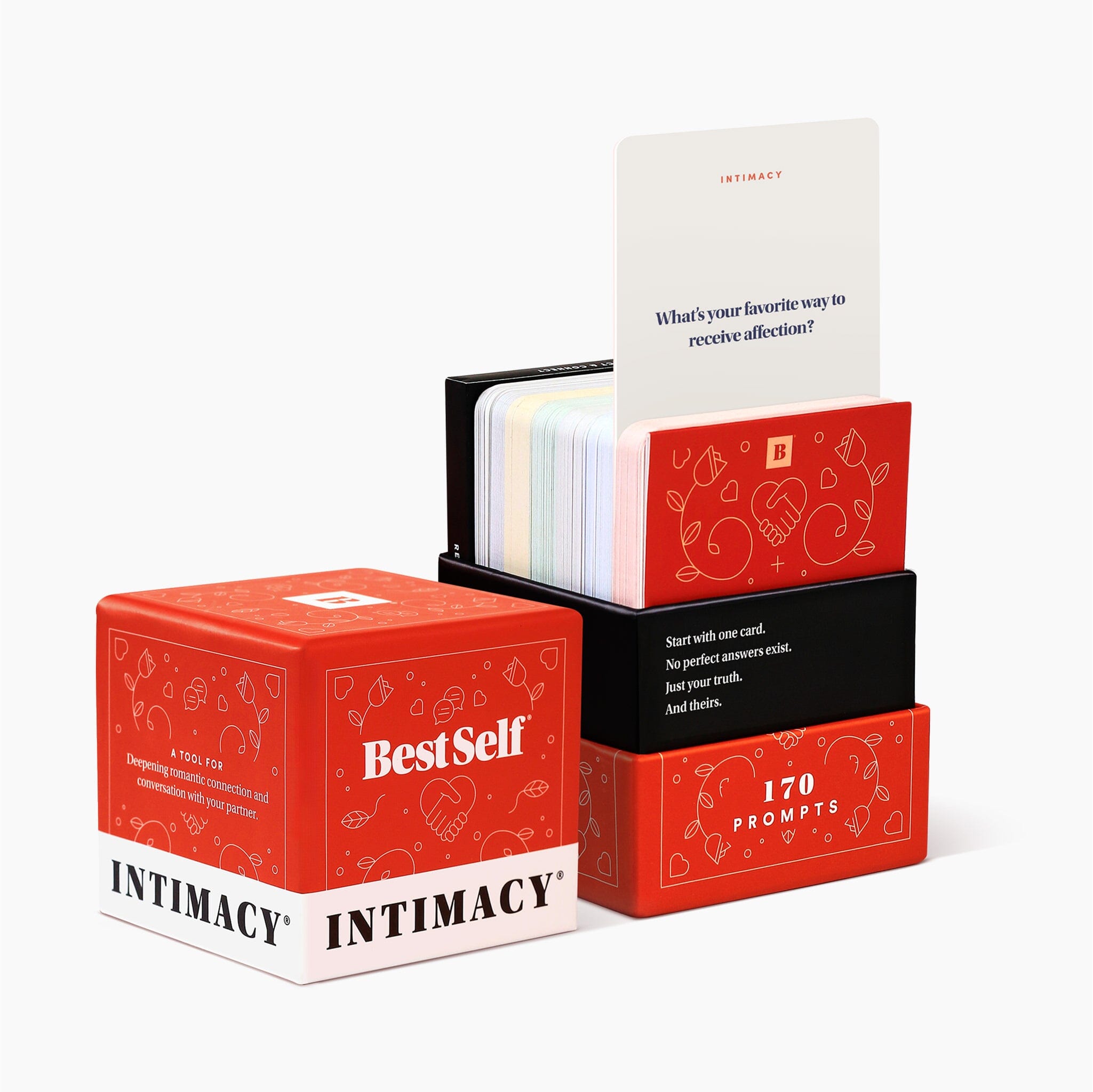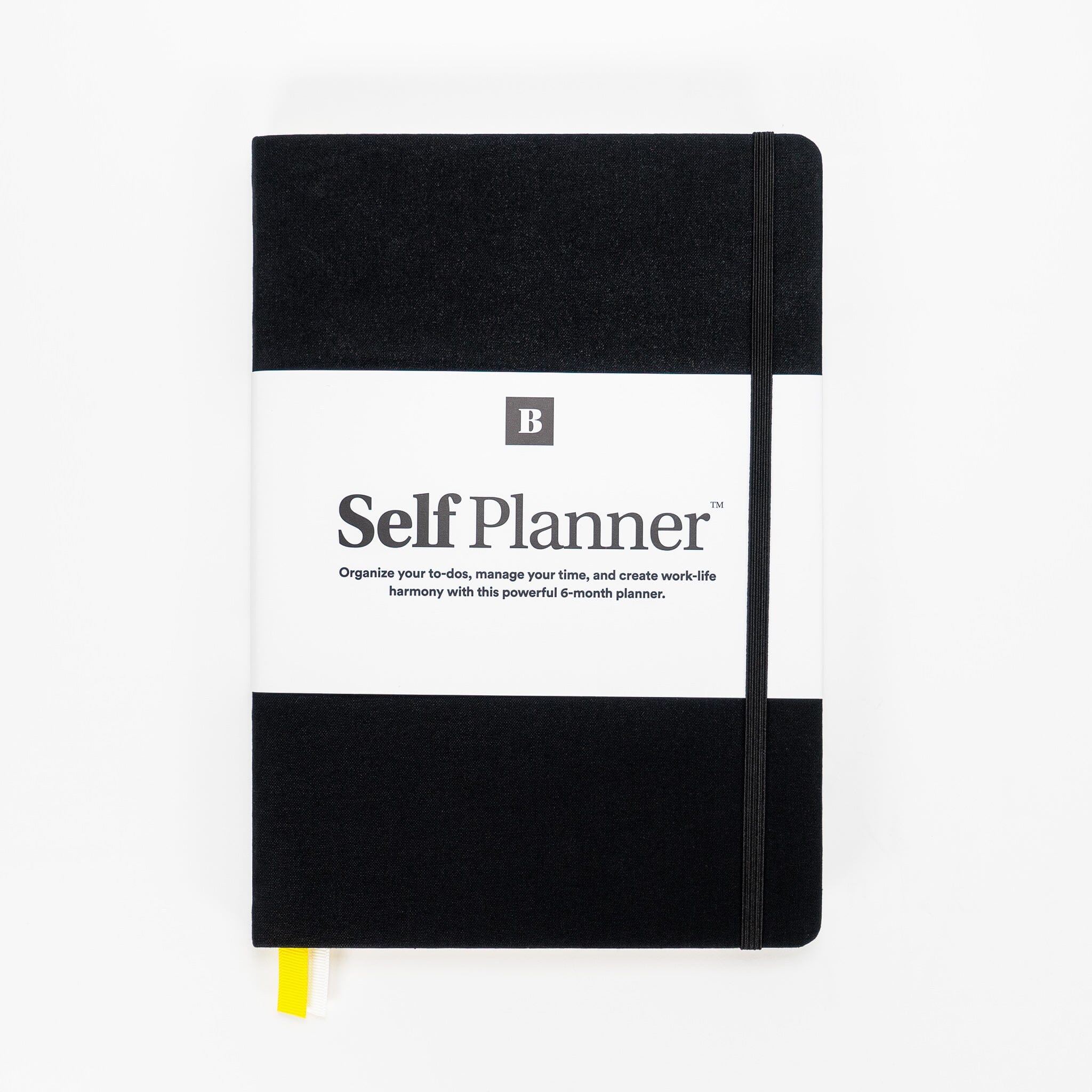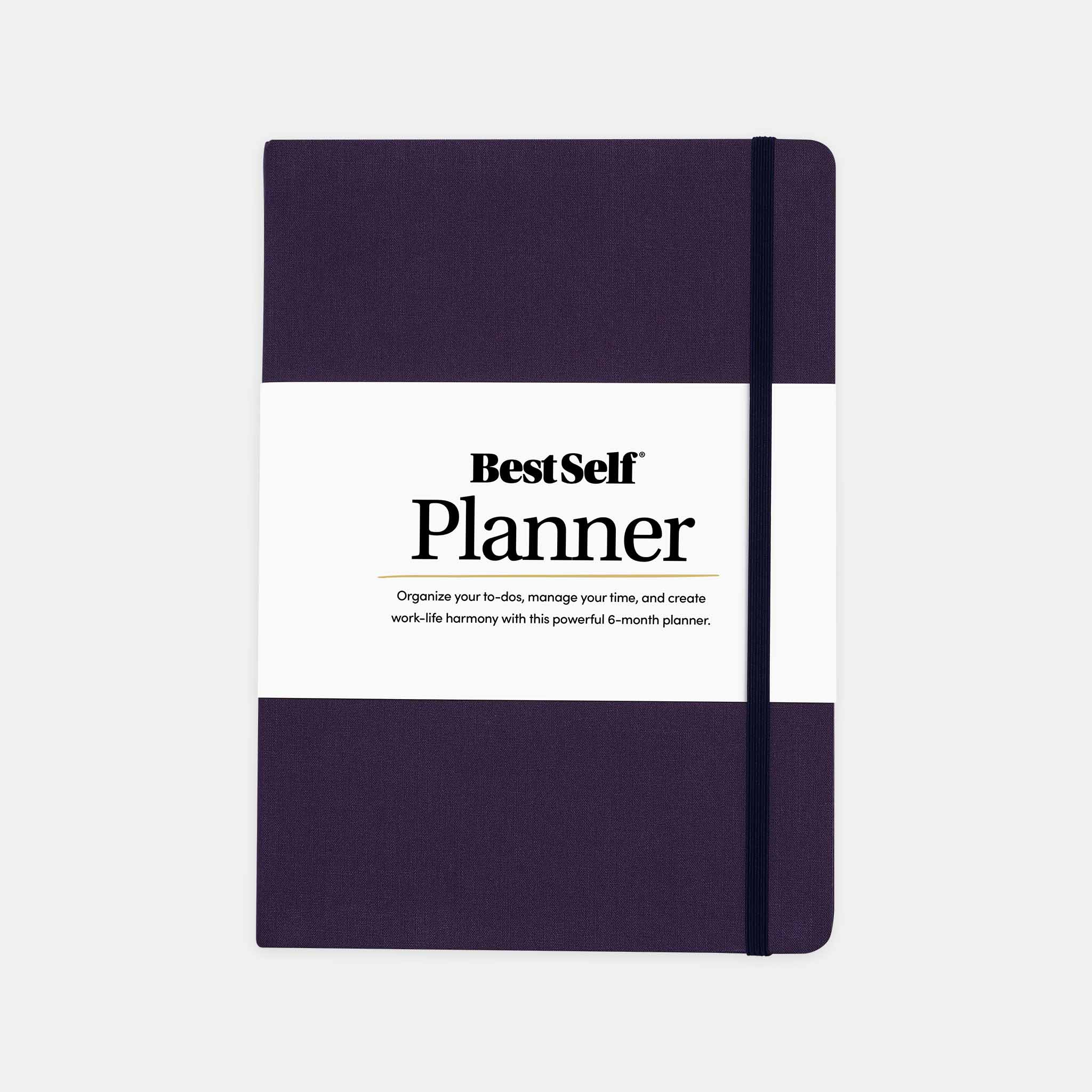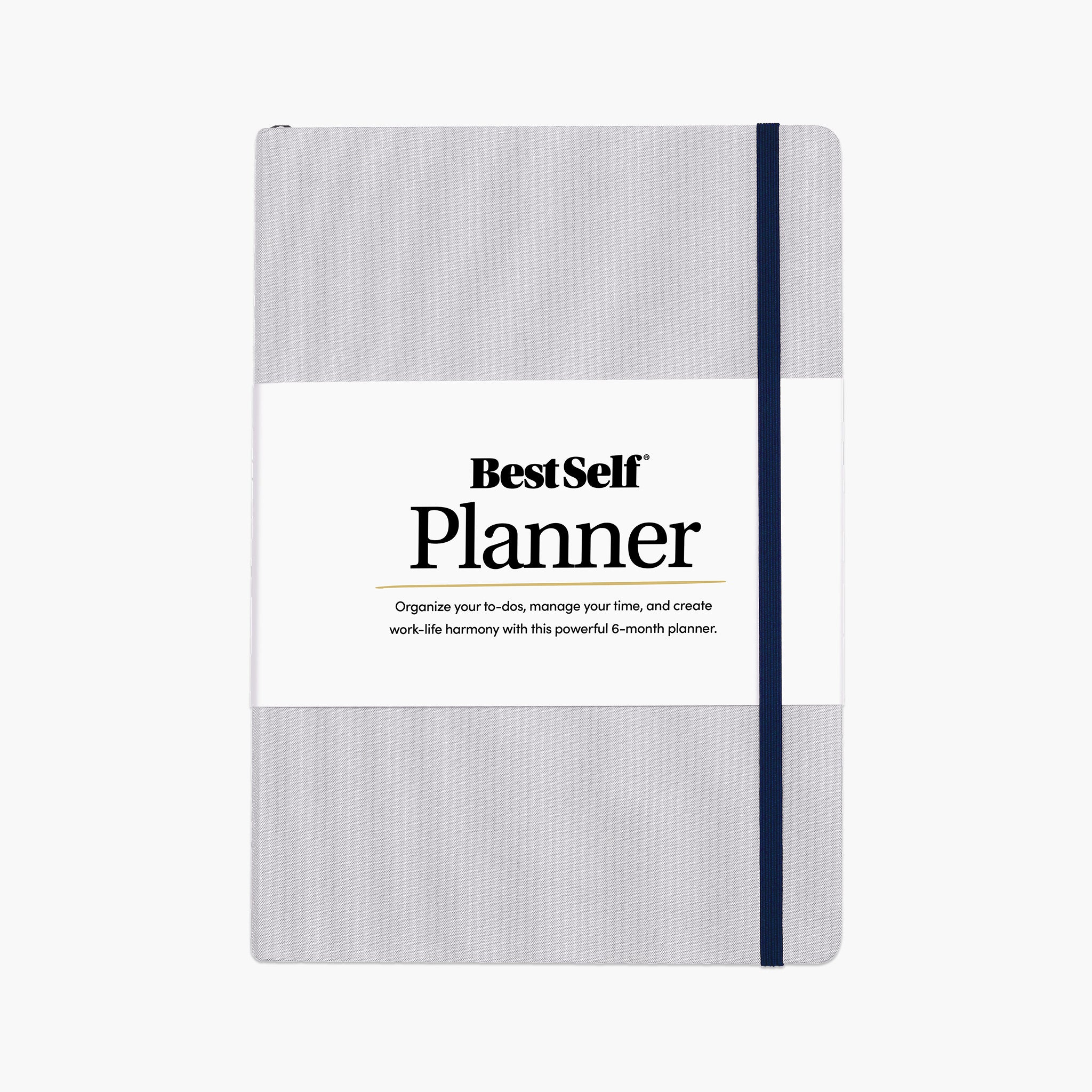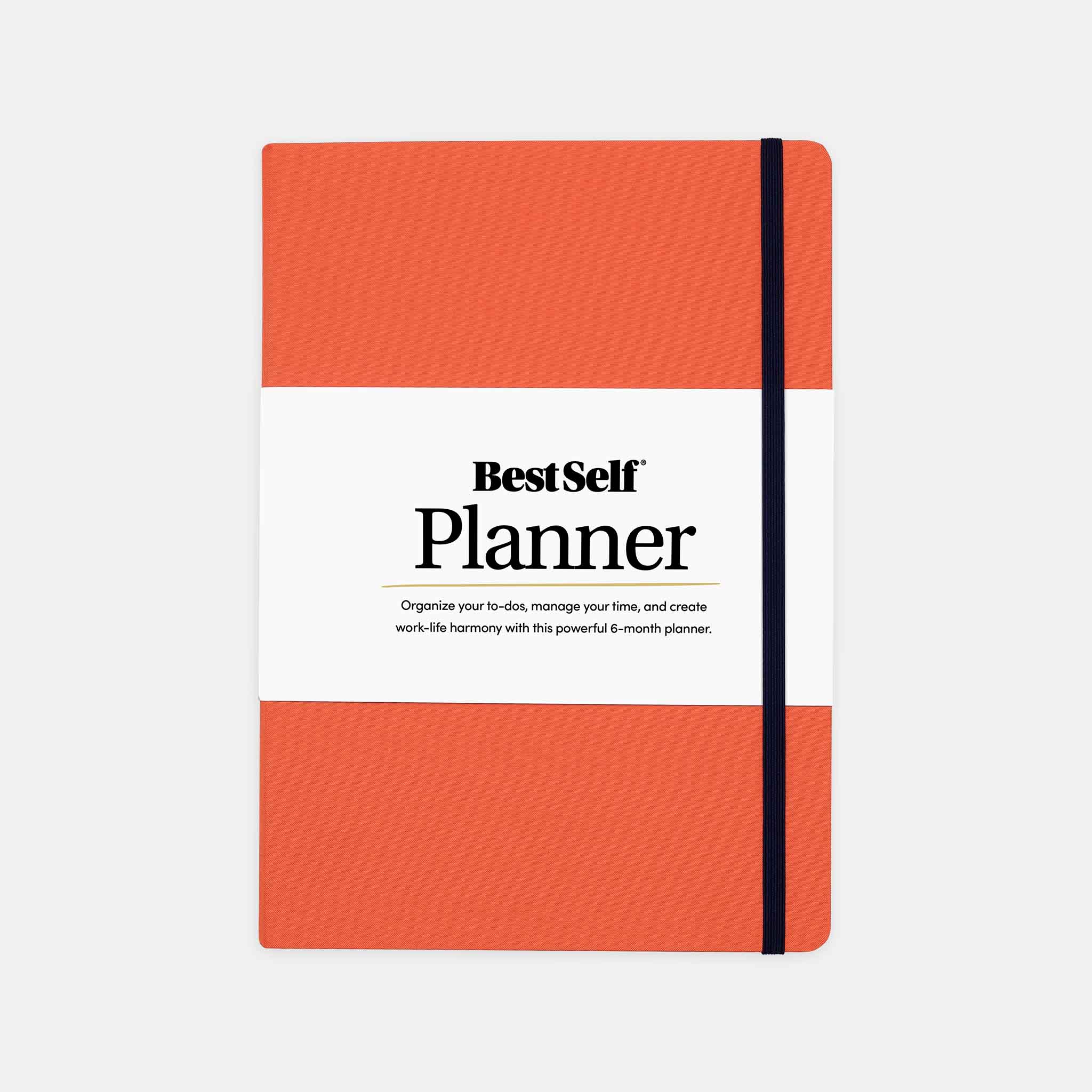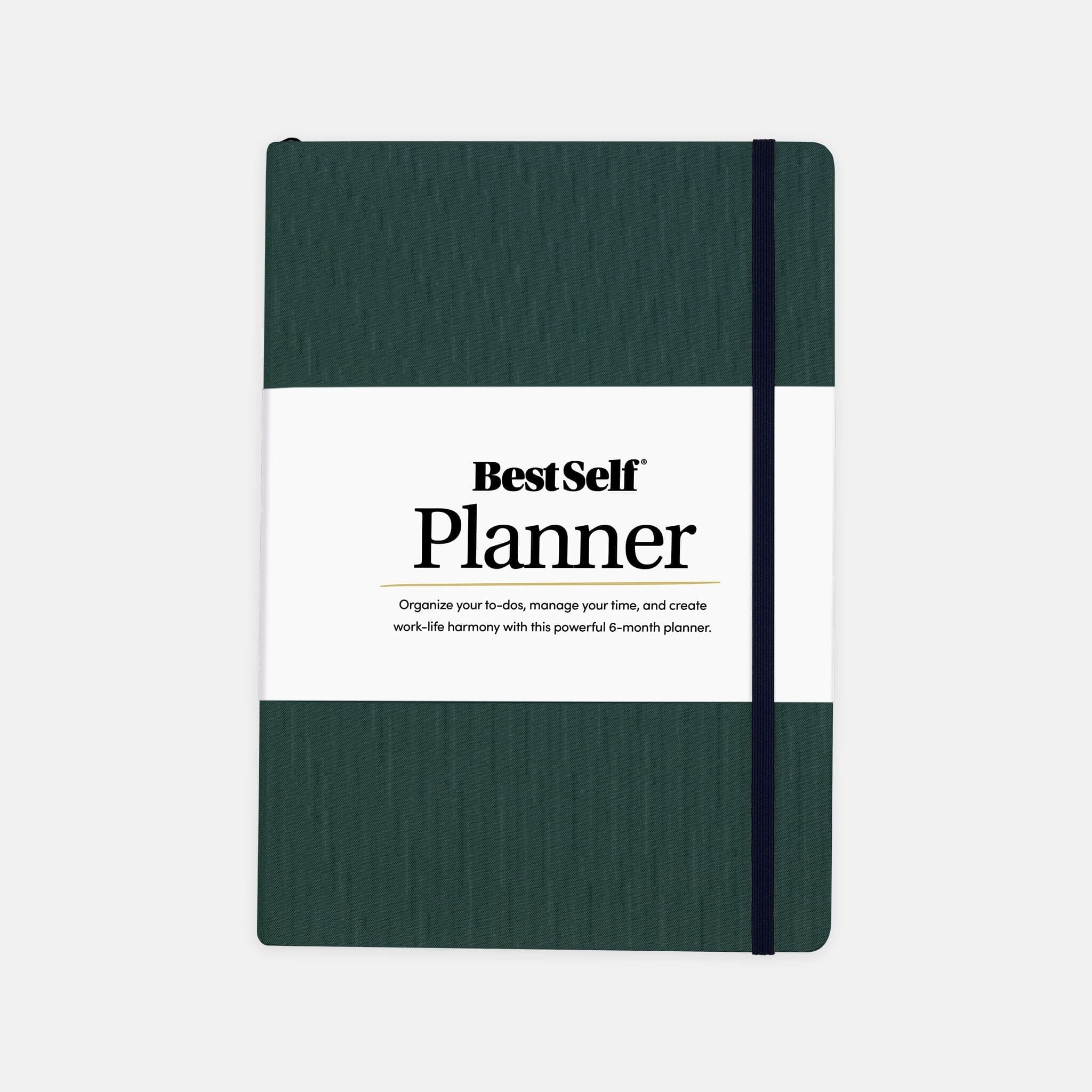"The human capacity for burden is like bamboo - far more flexible than you'd ever believe at first glance." - Jodi Picoult.
With so much uncertainty, it’s not surprising that stress and anxiety levels are on the rise. Now, more than ever, we need to take care of our mental and emotional health.
The good news is there’s always something you can do to change the way you feel - even if that feeling only lasts a short time.
One thing you can try is mindful living - a practice that can help relieve stress and calm anxiety.
Let me show you how…
What is mindful living?
Mindful living is about being focused in the present moment - something that’s not as easy as it sounds.
If you could step outside of your body and observe how you move through your day, you’d see that you spend a lot of it either thinking about the past or rushing to the future. Instead of being in the moment, you’re stressing about the argument you had with your kids over breakfast, or you’re anxious about how tomorrow’s pitch will go.
You’d also notice how distracted you are…
From the constant pings of email notifications to the stream of social updates, your environment is waiting to pull you out of the moment.
And that’s not to mention the 100s of daily decisions that take up bandwidth!
It’s a problem because when you’re disconnected from the moment, you feel ungrounded. In turn, your stress and anxiety levels rise.
Mindful living practices can help you combat this…
Five ways to practice mindful living
1. Mindful meditation.Detached from the present moment, even a few minutes of deep presence can be overwhelming. In the silence, you notice how much your mind races with its estimated 50,000 thoughts a day!
Over time, mindful meditation can help you feel comfortable sitting with what is.
The goal with meditation is just to be.
Don’t try to switch off your thoughts entirely. A silent mind is hard to create - especially if you’re new to meditation. Trying to be ‘perfect’ will quickly turn you off your practice! Instead, every time you notice yourself getting lost in thought, bring your awareness back to your breath.
As a busy person, you may wonder if daily meditation is a realistic goal for you. The good news is that even a short practice can leave you feeling calmer and focused.
The BestSelf Co. free mindfulness challenge is a great place to start.
2. Start a gratitude practice.A daily gratitude practice has been a pillar of BestSelf Co. right from the beginning.
As we studied the secrets of high-performers, we realized that gratitude was a practice many people swore by - and for a good reason.
Gratitude guides you to notice and appreciate the things you have in your life right now. Regardless of what’s happening in your life, there’s always something to appreciate. For example, you can choose to notice the breeze in your hair, your coffee’s aroma, or how the paper feels under your pen. As a presence practice, gratitude also cultivates a sense of positivity as you become aware of how plentiful and abundant your life already is.
And because gratitude sparks feelings of positivity and abundance, it’s a practice that makes you happier too.
3. JournalJournaling is a powerful way to slow down your thoughts enough so that you can observe them and work through them. Through journaling, you get to be curious about what’s happening for you - in any given moment - and in the process extract wisdom, insight, and personal power.
Journaling can also help you understand the resistance you have to sitting in the present moment. For example, you can:
• Explore your worries and fears
• Work through the reason you still feel triggered or upset by a past event
• Get clarity over a decision that’s keeping you distracted
• Get curious about the things you do to keep you from the present - such as comfort eating, flicking through social media, or lighting a cigarette
• Explore what you’re feeling - and why
Journaling is mindful because instead of allowing your thoughts to take on a life of their own, you get to extract them from your head and put them on paper. This can give you clarity and closure. It can help calm your mind too because sometimes when you read back your thoughts, you’re able to make better sense of them.
The net result of emptying your head is more bandwidth and less clutter.
In turn, it becomes more comfortable to sit with yourself in the moment.
[For more journaling tips, prompts, and interviews, check out the Writing Your Best Self podcast].
4. Lose yourself in creativityWhether your jam is writing, playing music, painting, dance, or something else, there’s something beautiful about losing yourself in creativity.
When you get into a flow state, time becomes irrelevant, and all distractions disappear.
Instead, you’re absorbed in your imagination. You align with your creative essence, and that magic moves your body in beautiful ways or turns a blank piece of paper into a work of art.
When you’re lost in your ideas, any fear evaporates; replaced with a willingness to take risks, explore new techniques, and push your limits.
In this beautiful state of presence, nothing else matters - and any thoughts of anxiety or stress are long forgotten.
5. Quit the multi-taskingMultitasking is a myth. What you class as multitasking is actually your brain rapidly switching from one task to another.
Multitasking can drain unnecessary energy because the constant task switching causes your brain to jump from one point of focus to another.
In the process, you can get distracted.
Far better to focus on one task at a time - and lose yourself inside of it. As you give everything to that one task, you’re able to dive deeper into it. Magic can happen when this deep work is allowed because you uncover new ideas. You make more imaginative connections. You do better work.
And you’re more productive and creative too!
A one task rule also makes you more present. Instead of worrying about what you’re going to do next [or stressing about how you’ll fit everything in], you can get your head down.
You can start mindful living now
You don’t have to spend your entire day in mindful living - although you can if you want!
The beauty of this practice is you can start small - and build on it.
For example, you can start with five minutes of gratitude a day or a 20-minute journaling session. Or you can weave in a 10-minute mindfulness practice after lunch - whatever works for you.
The rewards are clear.
The more you embrace the present moment, the more your stress and anxiety levels have the chance to fall.
What mindful living practices will you start today?
